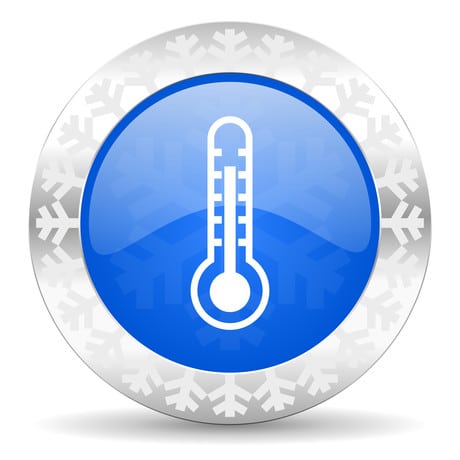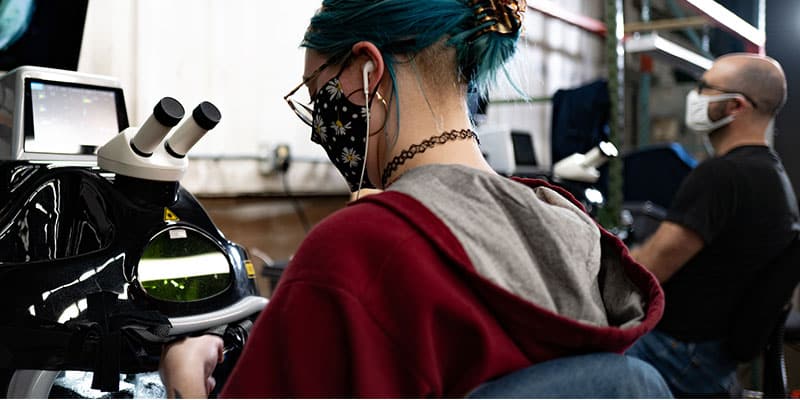Many chamber applications are cold temperature applications and usually temperature is the only parameter monitored. Cold air cannot hold much moisture so it is uncommon to use a humidity sensor in a cold temperature situation.
There are four different sensor types commonly used for cold temperature monitoring:
- Mercury or alcohol thermometer.
- Thermistor (thermal resistor).
- Resistance temperature detectors (RTDs) usually made from a pure metal, such as platinum, copper or nickel, around a ceramic or glass core.
- Thermocouple, two wires of different metals. The junction between the two metals will show a voltage change from a change in temperature.
In our experience, when folks want to monitor cold temperatures, they simply select a vendor, then accept the sensor type that the vendor has decided will work best in that particular application. So, in many cases the decision of what sensor to use is based on your choice of vendor. Monitoring does not require a high accuracy sensor for most applications, especially for cold temperatures, so most types of sensors can be used with equal efficacy. However, it can be valuable to understand how each of the four types of sensors work in case there are variables in your environments that will cause one sensor to function better, last longer, and measure more accurately.





